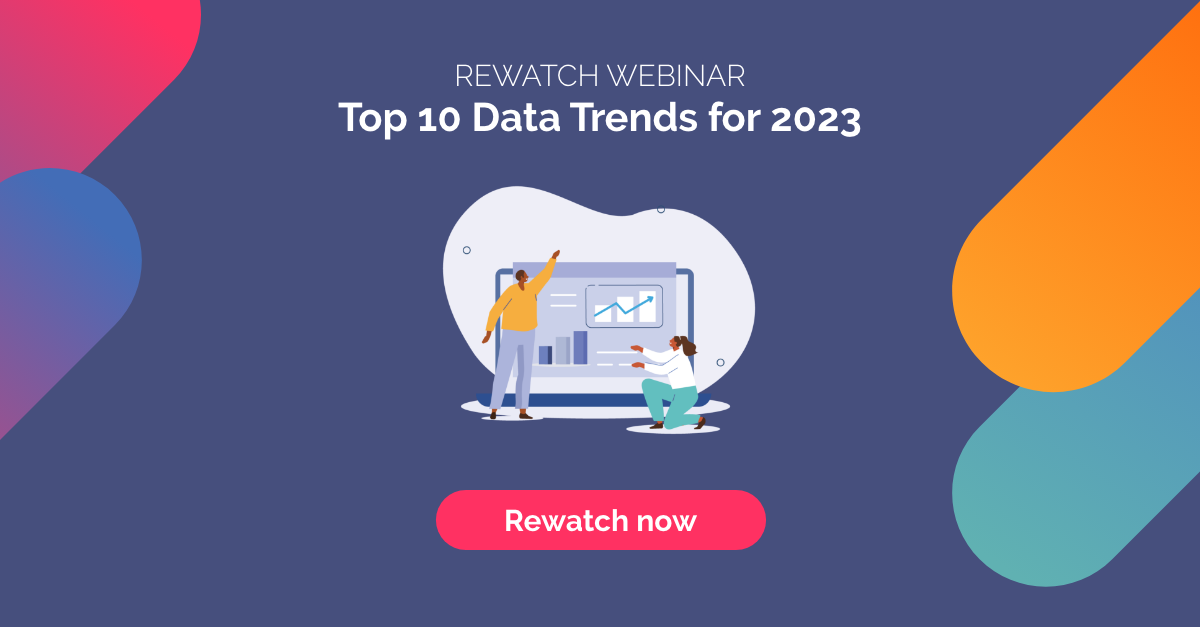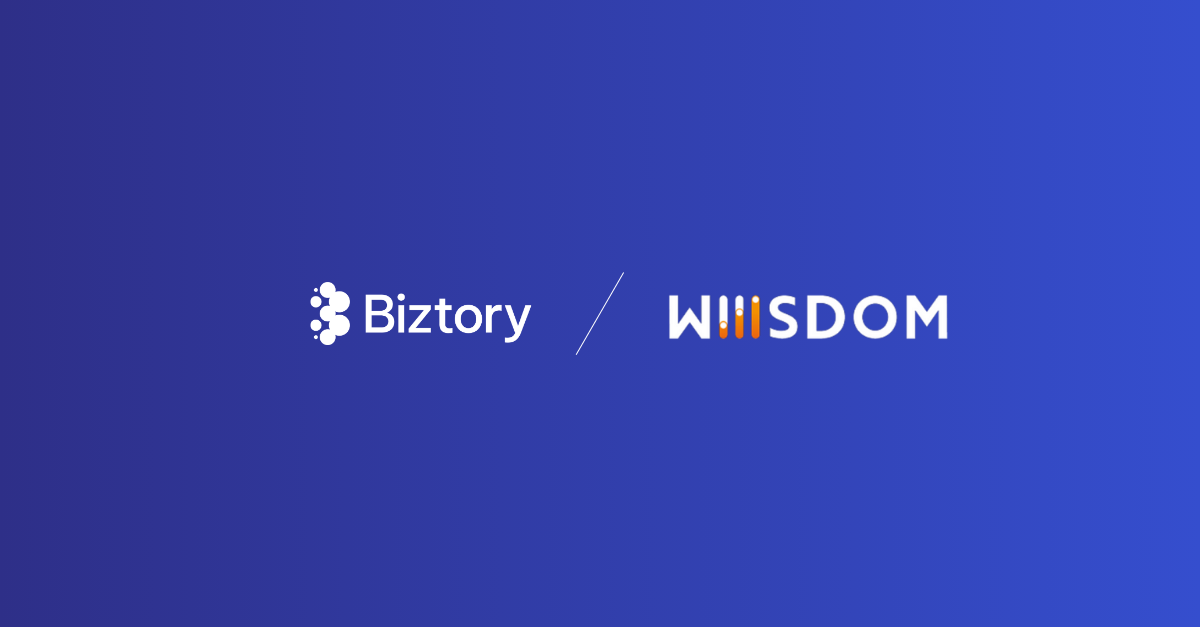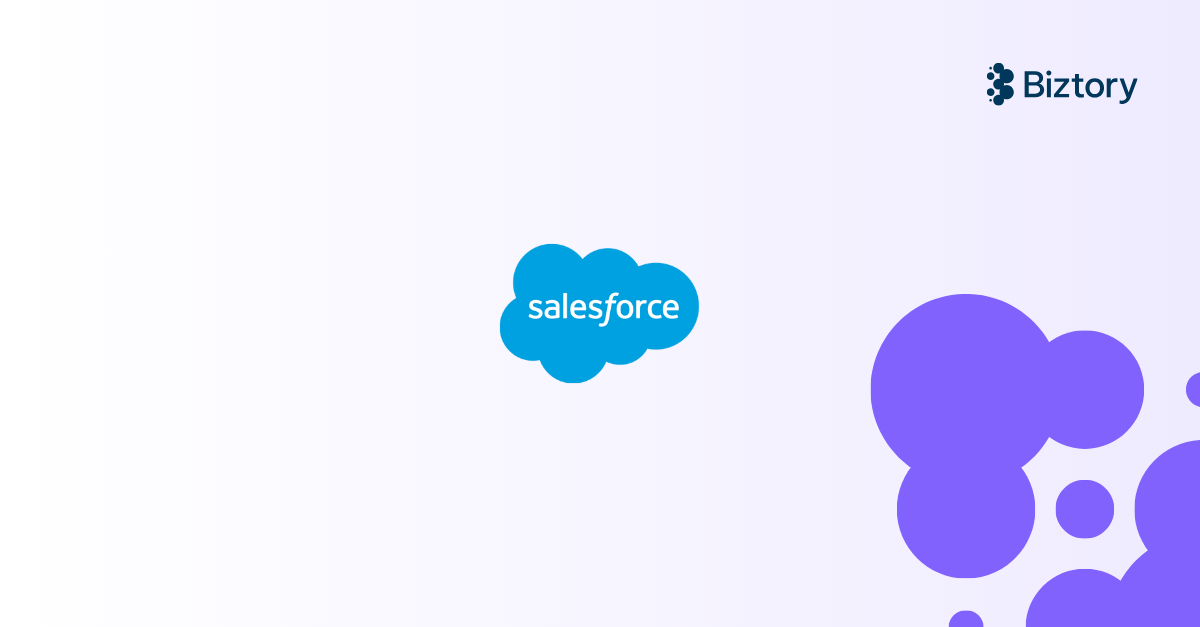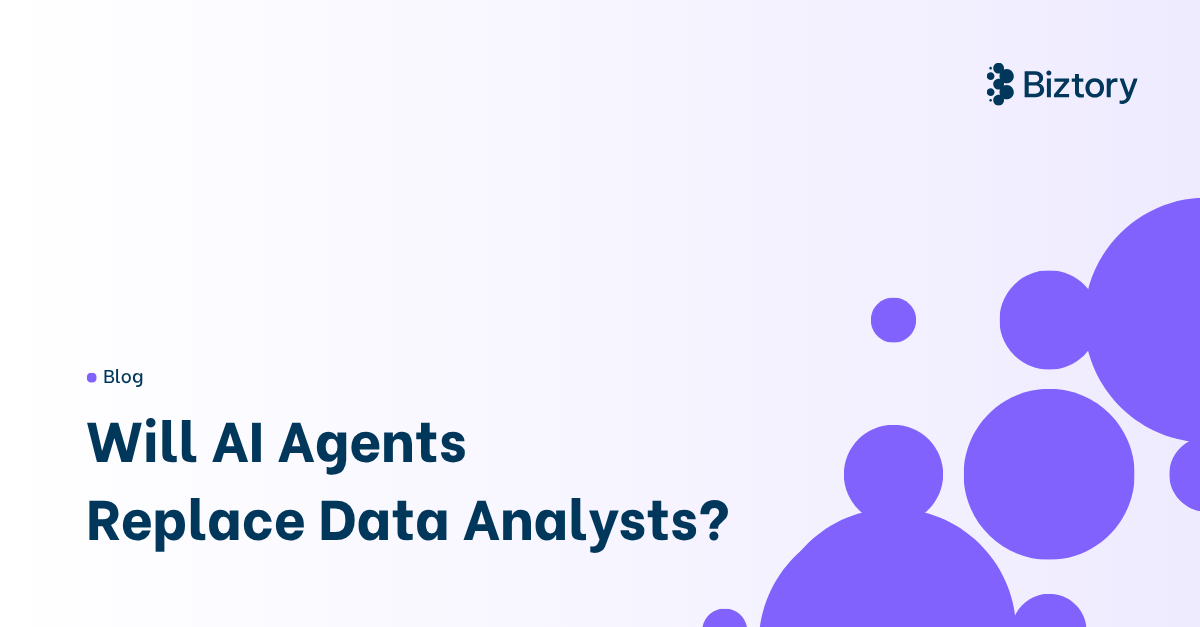Trend #1: Moving workloads to the cloud
Moving workloads to the cloud could mean simply moving your systems to cloud-hosted infrastructure. This does fix the problem of hardware maintenance and Disaster recovery protocols, but really you are not leveraging the true power of the cloud.
Migrating workloads from an on-premise infrastructure to a cloud solution can offer a number of benefits to companies, such as enhanced collaboration and flexibility, reduced IT costs, higher level of security and improved scalability.
It will allow businesses to process data more quickly and efficiently, scale their infrastructure as needed, run complex applications easily, back up critical data, and leverage cloud analytics tools for predictive insights.
Read our other article: Your data in the cloud: 3 myths debunked
Trend #2: Building a Modern Data Stack Infrastructure
Moving to a modern data stack (in my opinion) means reviewing your tools, and procuring tools which are built for the cloud and can leverage the ease at which you can add and remove compute/storage/memory as you need it.
Historically there has been a split where younger more agile businesses have opted for the Modern Data Stack, while older enterprise businesses would prefer the single accountability of a single vendor relationship. However, as larger enterprises are looking for competitive advantage going into a time of recession, they are realising the value offered by a Modern Data Stack.
By integrating various data sources, such as ERP systems, CRM databases, web logs, IoT devices and legacy systems, organisations can build an infrastructure capable of real-time analytics, machine learning and efficient data sharing. However, the increasing volume of data from these multiple sources will be challenging for companies to manage, so ensuring the right technology is in place from the start is key.
Download Guidebook: Driving Digital Progress with a Modern Data Stack
Trend #3: Removing departmental data silos
Data silos are a major inhibitor of data-driven decision making within organisations. Breaking down these silos will be essential to foster collaboration between departments.
By ensuring that data remains consistent across the organisation, companies can develop more accurate predictive models and gain reliable insights from disparate sources.
This approach will empower teams across the business to leverage business data, have confidence in their decision-making, collaborate with ease across teams, achieve targets and drive revenue for the business.
Read our other article: How to remove data silos and drive data culture
Trend #4: Data Mesh architecture
Data Mesh architecture is an emerging trend in data management, which enables more agile and decentralised data sharing. It allows for the creation of multiple data streams that are connected in a distributed manner to individual teams rather than being centralised.
At first glance, Data Mesh may look similar to a mess of siloed data, however this structure enables different teams to analyse data to answer their basic needs, and empowers them to manage their own data which can then feed into other teams’ analyses.
And, when combined with Data Fabric and a data lake set up, data remains in source systems while being governed for a virtual centralised system which stores the data, applies business logic and supplies data feeds to specific departments based on their needs. This allows for wider accessibility to quality data and a faster time to value.
Trend #5: Building a Data Culture company-wide
The primary objective of the Modern Data Stack is to empower all employees to actively use data to enhance their daily work, and allow them to facilitate data driven decision-making. Only once this is realised, and data is effectively shared across teams, can a culture of data be achieved.
Once this has been ingrained into the business and the value of data is understood and leveraged across teams, leaders can help to future-proof the business, identify efficient growth opportunities, unite teams to achieve shared goals and much more.
Read our other article: How to build a winning analytics team
Trend #6: Data democratisation or data sharing
Data democratisation is the process of making data available to all stakeholders within an organisation. This provides more opportunities for collaboration and innovation, as well as enabling better decision-making based on a wider pool of data sources.
Providing teams with access to accurate and consumable data feeds, allowing them to analyse and answer their own questions, accelerates time to insight, decision and action and is the single quickest way to drive a culture of data in a business.
By allowing access to data from different departments or teams, it can also be used in new ways such as informing the rapid development of new products and services. With data democratisation, companies can better exploit the opportunities offered by big data to gain competitive advantages.
Read also: Secret Escapes Customer Data Story
Trend #7: New revenue streams through data monetisation
Data monetisation has become more commonplace in recent years, as companies look to capitalise on the wealth of data they hold. By allowing teams access to data from across the business, marketing insights can help support sales conversations, sales conversations and customer service enquiries can inform new product development, and so on.
By analysing this company-wide data set, leaders have the opportunity to identify and develop new products and services that address unmet customer needs, which also presents the opportunity to carve out a niche in crowded markets.
Download Guidebook: 5 Ways to drive revenue with data
Trend #8: Natural Language Processing (NLP)
Natural language processing (NLP) is a branch of artificial intelligence that focuses on interpreting and understanding human language.
NLP has been around as a discipline for some years, from the early days of predictive text based on prior message writing, to the ever evolving development of spam filters, email filtering and pre-labelling. NLP is now becoming more prevalent in how we interact with data, with the development of self teaching bots as opposed to the older predetermined pathway bots.
Data exploration tools like Thoughtspot and Tableau’s Ask Data are embedding NLP into the flow of work for business users who don't want or need to learn how to use analytical tools, through a search bar style interface to generate analyses and gain insight. While this requires a solid foundation in terms of platform, data governance and metadata management, the benefits it can offer are significant.
Trend #9: Data Security & Data Governance
With the immense power of data comes great responsibility. As data breaches become more common, businesses need to ensure that their data is secure. Your overall architecture needs to ensure the right people have access to the right data at the right time, not all people with access to all of the data, all of the time.
Implementing good data governance is essential to meet GDPR and data security requirements, and is essential to ensure data is handled correctly and not misused. While data governance is not a new trend in data, the importance of it means this will never drop out of our top 10.
Trend #10: Artificial Intelligence
The use of AI and machine learning to identify trends and patterns in data and generate valuable business insights has become commonplace for many businesses.
However, more recently, the perception of Artificial Intelligence has evolved considerably, moving away from being a self-teaching generalist intelligence, and being replaced with the reality of smaller-scoped and focused projects. Allowing AI to address menial tasks which can be time consuming or where human error is most likely, businesses can then start to explore innovation in customer journey, products and services.
Finding ways to use AI to automate processes, reduce costs and become more efficient can have a significant impact on business efficiency and profitability. By working in this way and combining those marginal gains, it is possible to truly revolutionise businesses with data.
Read also: Zoopla Customer Data Story




